- projects
- reintroduction
- the grey partridge recovery project
Wild Gaia has purchased a 20-acre plot of arable land. This plot will be ploughed, tilled and prepared in order to grow spring cereals for both the grey partridge project and as a winter feed crop for wild birds.
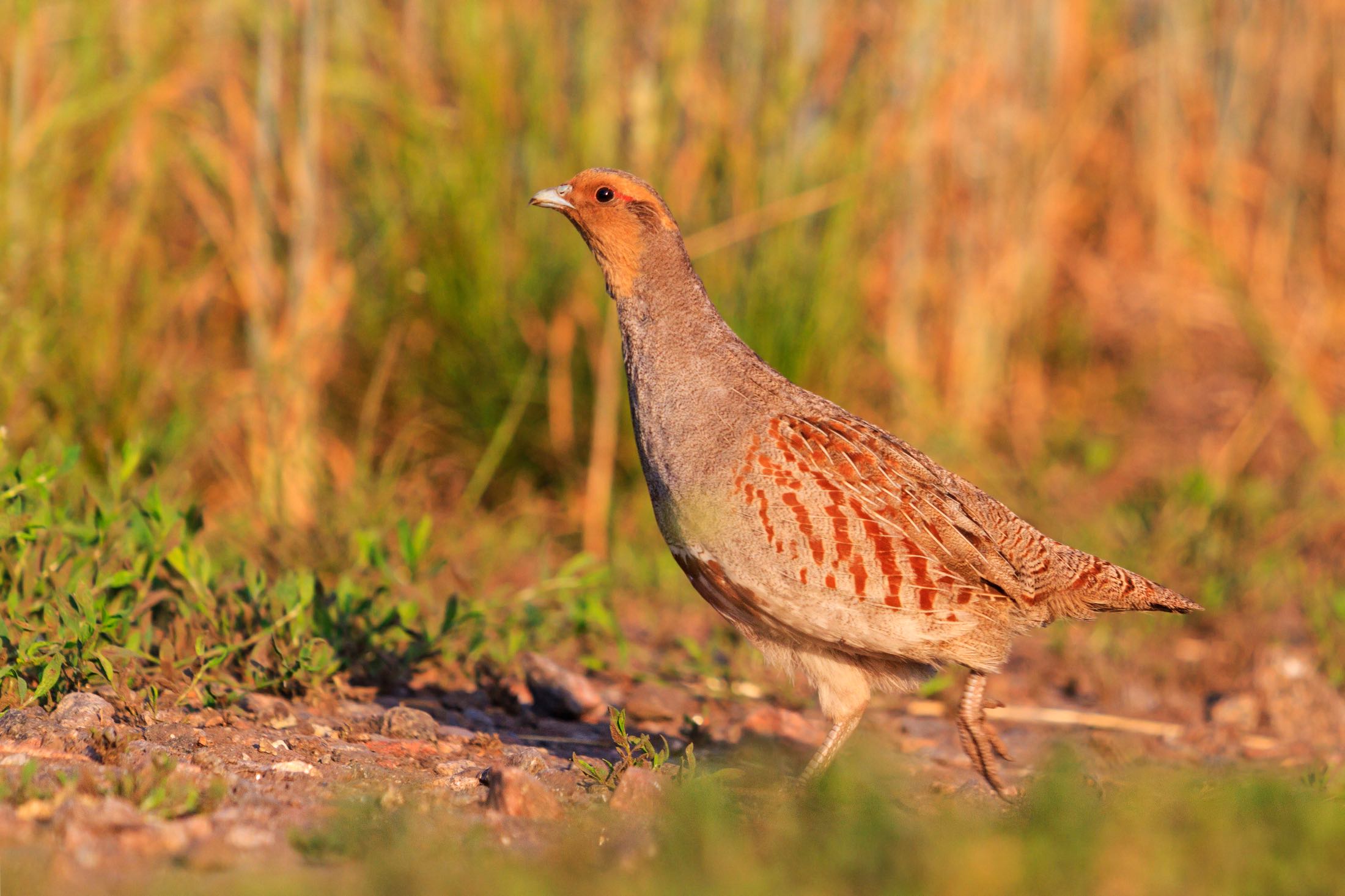
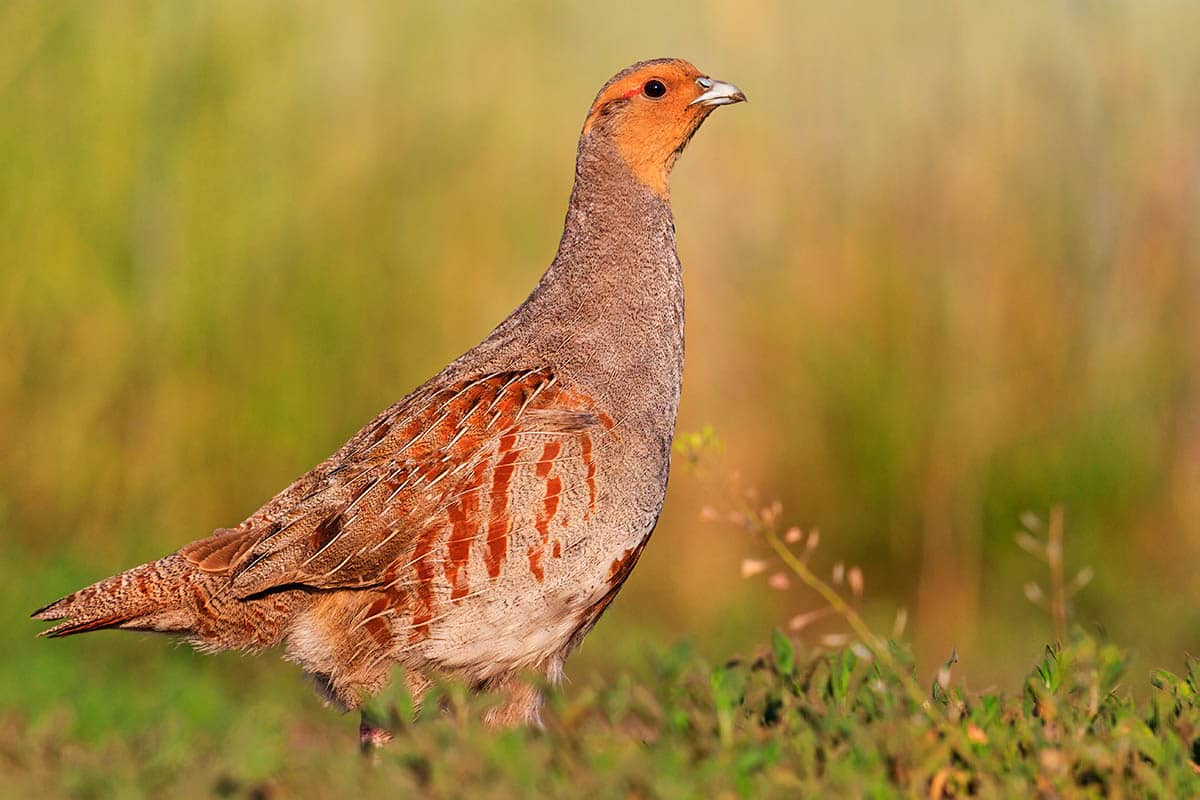
From 1855 to 1900 cereal production in Ireland showed a significant decrease; oats (Avena sativa) by 48.1 %, barley by 90.4% and wheat by 28.7%. In 1900 the grey partridge is described by Ussher & Warren as having an extensive range though unevenly distributed, being plentiful in Counties Tipperary, Kings County (Offaly), Queens County (Laois), Kildare and Meath, but scarce in the west of Connaught and Donegal where moors and mountains prevailed.
30 years later Seigne reported that the density of partridge had decreased from 4-5 coveys to 1-2 coveys on his 162-ha farm in Kilkenny. The decline was attributed locally to a high level of poaching. The decline was so serious that by the early 1930s wild birds from abroad were released and legislation prohibiting the shooting of grey partridge was introduced. Following these measures Grey partridge had colonised areas in the west of Ireland where 20 years before they were unknown.
However, in most counties the bird was still sparsely distributed. Kennedy et al stated that in 1954 grey partridge were more plentiful in Co. Carlow than any other county. Up to as recently as the 1960s, the status remained unchanged though no indication was given as to the actual size of the population. In 1966, Ruttledge noted that grey partridge were sparsely distributed and sometimes found in small-cultivated fields of desolate areas.
More recently national bird surveys conducted by the Irish Wildbird Conservancy (now Birdwatch Ireland and the British Trust for Ornithology), have shown a dramatic decrease in the distribution of partridge since the late 1960's. The first survey collected data between 1968-1972. Of the 1,010 10km squares surveyed nationwide, partridge were recorded breeding in 255 (25.2%) of these. In a second survey 20 years later (1988-1991) partridge occurred in only 35 (3.5%) squares.
Recieve detailed updates by joining Wild Gaia
Help support us by sharing the project
Make a direct contribution to the project
Wild Gaia has purchased a 20-acre plot of arable land. This plot will be ploughed, tilled and prepared in order to grow spring cereals for both the grey partridge project and as a winter feed crop for wild birds. The mix will include oats, barley, wheat and triticale (cereal crops) along with linseed, mustard, oilseed rape and quinoa (seed providing species). These will be left for up to 5-years (providing food and cover). The lands will then be lightly grazed by native Irish Moiled cattle and repeated, depending on the requirements of the birds on-site.
We plan to undertake this work beginning spring 2024; taking advice from the Irish Grey Partridge Conservation Trust, Birdwatch Ireland, the RSPB and the BTO.
An additional facet of this project will be the arable weeds project. A portion of the lands will be left unseeded in an effort to see if there are any formerly common (now rare) arable weeds and mosses surviving in the seedbank.
Long-term declines in farmland bird populations in Britain (Gibbons et al. 1993, Marchant & Gregory 1994, Fuller et al. 1995, Shrubb et al 1997, Siriwardena et al. 1998) and in continental Europe (Flade & Steiof 1990, Saris et al. 1994) have led to studies designed to identify the mechanisms that may have reduced the suitability of farmland habitats for birds.
Many species, from a broad range of ecological needs, such as Skylark Alauda arvensis, Song Thrush Turdus philomelos, Linnet Carduelis cannabina and Corn Bunting Miliaria calandra, have undergone declines of more than 50% since the mid-1970s (e.g. Marchant & Gregory 1994).
There is an increasing body of evidence linking many of these declines to aspects of agricultural intensification that have occurred over the same period. Significant changes in farming practice include:
In order to help counter these trends, we propose to;
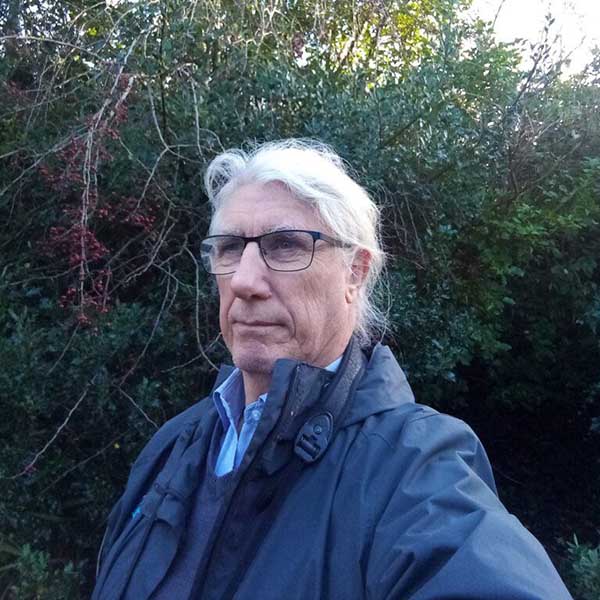
brian sutton
Senior Ecologist
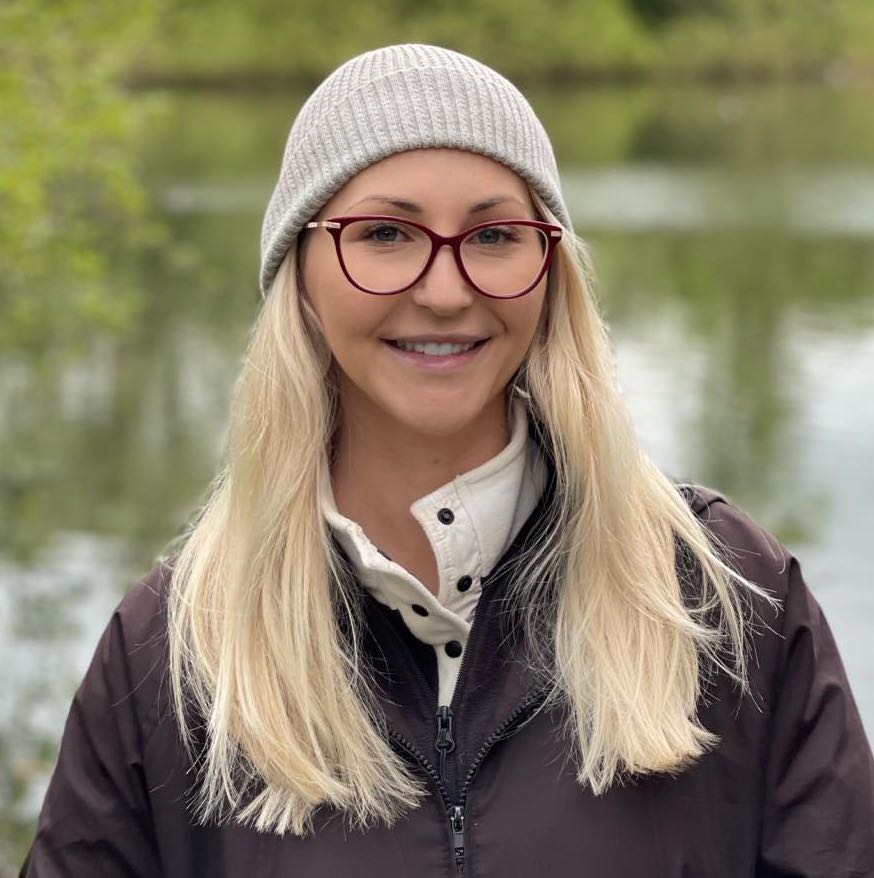
catriona porter
Ecologist
Cliodhna Loughran
Research
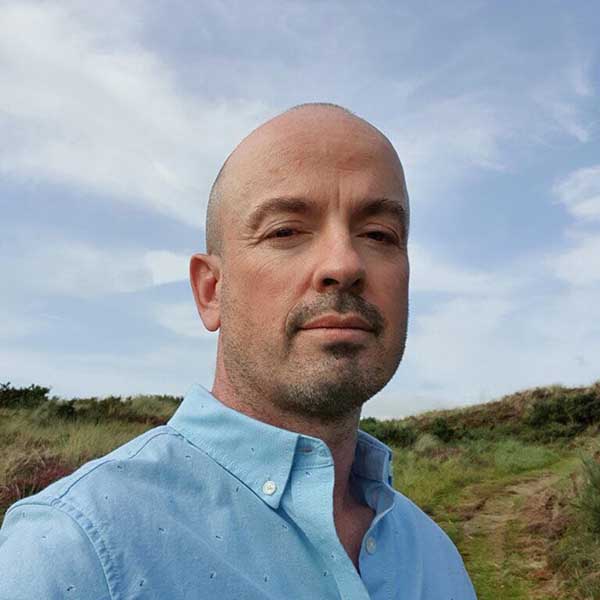
cormac loughran
Founder
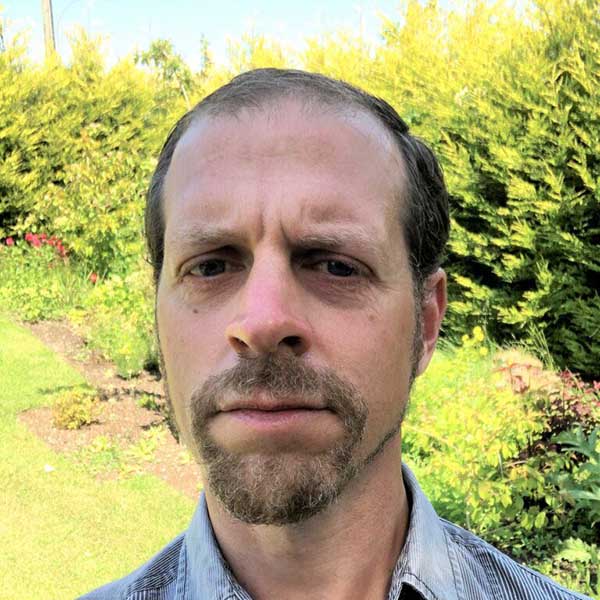
karl hamilton
Raptor Ecologist
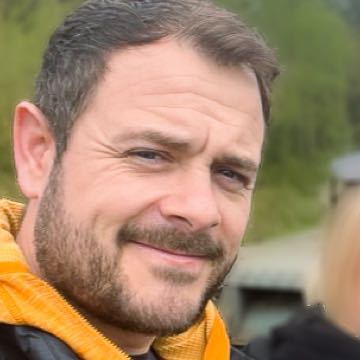
philip leathem
Photographer / Videographer
Join us and become part of a community committed to restoring Ireland’s natural beauty: